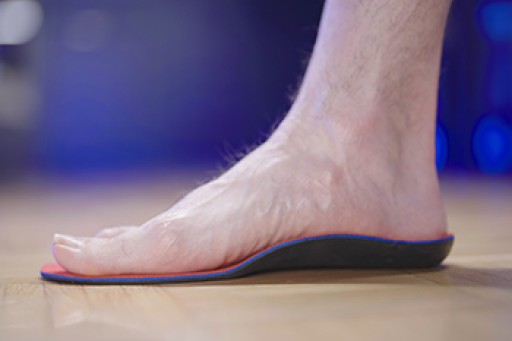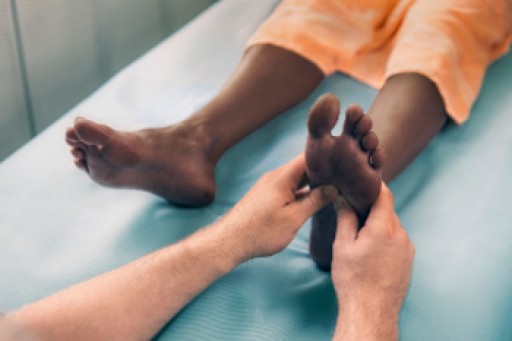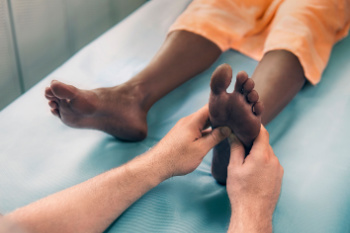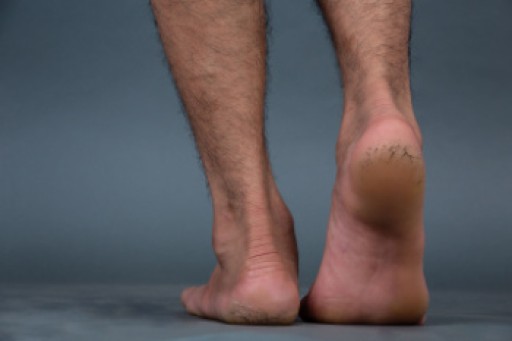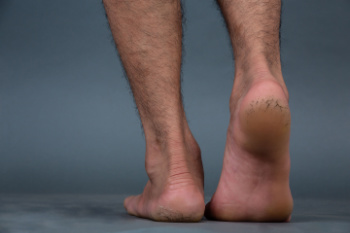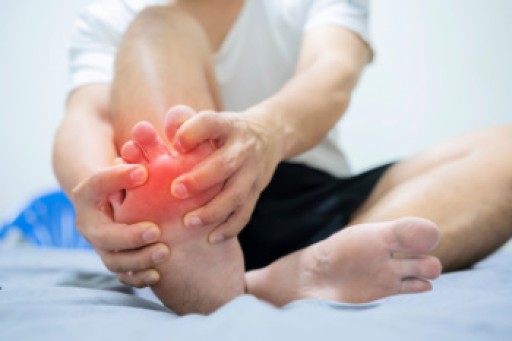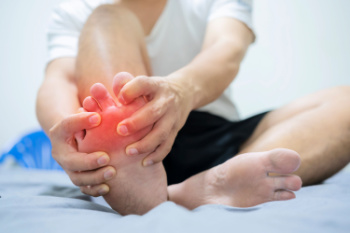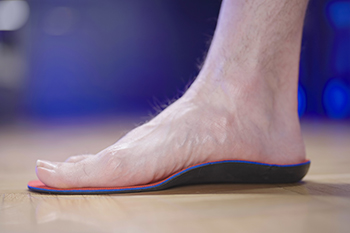
Working on your feet for extended periods of time can take a toll on your lower limbs and back. Proper foot care is essential for maintaining health and comfort, regardless of your profession. Choosing the right footwear for your job is important. Flat-soled shoes may seem like a good choice, but they are not recommended for prolonged standing. Shoes should have at least a quarter inch heel elevation and provide adequate arch support. If your shoes lack enough support, speak to a podiatrist about custom-made orthotics. Ensure your shoes fit properly by getting fitted later in the day when your feet are naturally larger. This can help you make better choices when buying shoes, especially if you need arch supports or custom orthotics. Combat stiffness and pain by taking breaks to stretch your muscles and alleviate tension. Calf raises and runner's stretches can be beneficial. At home, rest your feet to reduce swelling and inflammation. Gentle foot massages with a tennis ball or baseball can relieve tightness, and elevating your feet above your heart can reduce swelling. If your foot pain worsens or persists, it is suggested that you schedule an appointment with a podiatrist as it may be a sign of an underlying condition such as bone spurs, plantar fasciitis, or fallen arches.
The benefits of custom orthotics are far-reaching and can make a significant impact on your daily life. Whether you are an athlete looking to enhance your performance, a healthcare worker on your feet every day, someone who experiences chronic foot pain, or someone who wants to improve their overall comfort and well-being, custom orthotics can be a game changer.
Custom orthotics provide support, stability, and relief for a variety of foot conditions ranging from flat feet to heel pain. They can even help prevent injuries and address more severe foot concerns, such as plantar fasciitis and diabetic foot issues.
Contact one of our podiatrists at Foot & Ankle Centers of Charlotte County to create tailored orthotics for you and enjoy a higher quality of life, reduced pain, and increased mobility. With the right orthotics, you can continue doing the things you love, whether it’s running, dancing, or simply walking comfortably without discomfort.
If you are suffering from foot discomfort or have concerns about your foot health, do not hesitate to contact one of our podiatrists at Foot & Ankle Centers of Charlotte County to explore the benefits of orthotics for you. Your feet are the foundation of your body and investing in their well-being can lead to a happier, healthier, and more active lifestyle. Your feet will thank you!
If you have any questions please contact our offices located in Punta Gorda and Port Charlotte, FL . We offer the newest diagnostic and treatment technologies for all your foot and ankle needs.
